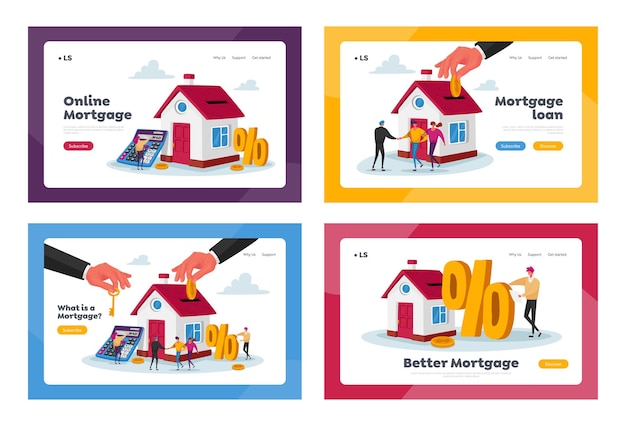
A Home Equity Line of Credit (HELOC) is a financial instrument that grants homeowners the opportunity to leverage their home equity as collateral for a line of credit. This operates in the same vein as a secondary mortgage, with the initial mortgage acting as the primary lien on the property. Have you ever had to choose between a HELOC and a home equity loan?
A Home Equity Loan, on the other hand, permits homeowners to borrow a lump sum using their home equity as collateral. Both these options allow you to utilize your home as security to gain funds. However, it’s pivotal to note that they are not identical and each carries their own unique benefits and drawbacks.
Let’s delve into the differences between a home equity loan and a HELOC along with their pros and cons to help you make an informed decision.
HOME EQUITY LINE OF CREDIT (HELOC)
Positive Aspects:
HELOCs function like a credit card, enabling you to borrow, repay, and borrow again offering flexibility for ongoing costs or projects.
They often have fewer setup costs, making them more budget-friendly.
If interest rates go down, your borrowing costs may decrease due to their variable interest rates.
A HELOC allows you to withdraw funds as needed within a predefined credit limit.
In many cases, HELOC interest may be tax-deductible, depending on usage and taxation laws.
Negative Aspects:
Variable interest rates could lead to increased interest expenses if rates climb.
The temptation inherent in the revolving nature of HELOCs might incite borrowers to accrue more debt than they can bear.
If the loan isn’t repaid, you risk losing your home.
HOME EQUITY LOAN
Positive Aspects:
These loans come with fixed interest rates implying constant monthly payments.
You receive a lump sum of money which can be used to cover specific expenses or consolidate debts.
Home equity loans have a structured repayment schedule, aiding in planning and budgeting for repayments.
Negative Aspects:
Rising interest rates can increase your payments.
Failure to repay may result in losing your home.
PROCEDURE TO SECURE A HELOC OR A HOME EQUITY LOAN
Let’s consider the stages involved in acquiring a home equity loan and a line of credit, from application to closure.
1. ANALYZE YOUR FINANCIAL POSITION
Calculate your home’s current market value and your equity. Equity signifies the difference between your home’s value and your outstanding mortgage.
Work out your financial needs and desired borrowing amount.
2. EXPLORE LENDERS
Compare various lending options like banks, credit unions and online lenders, and their offerings.
Seek referrals from friends, family or financial advisors.
3. APPLICATION PROCEDURE
Know Your Equity: This is the segment of your home you actually own.
Credit score: this three-digit number represents your past debt-handling competency.
Debt-to-income ratio (DTI): Your lender will examine your DTI — your monthly debt divided by your before-tax monthly income.
4. PROPERTY APPRAISAL
This is usually required by lenders to ascertain the market value of your home.
5. CREDIT REQUIREMENTS
Ensure your credit report is accurate as your credit score significantly impacts your loan terms.
A credit score of 620 or above is recommended.
6. CLOSING COSTS
These include costs such as the application fee, title search, attorney fees, and other fees.
Discuss with your lender to understand the estimated closing expenses.
7. LOAN TERMS AND CLOSURE
The lender will provide the loan terms — rate of interest, loan amount, and repayment schedule.
Review and, if satisfied, accept the agreement by signing it.
Lender oversees the closing process by completing the necessary paperwork and payment of closing costs or fees.
CLOSING
The ultimate decision between a HELOC and a home equity loan should be based on your financial aspirations and personal preferences. A home equity loan provides a lump sum paid in fixed installments with a stable interest rate, whereas a HELOC offers a revolving line of credit as needed up to a certain limit. Bear in mind that using your home as collateral does come with risks, as failure to make payments could lead to losing your home.


